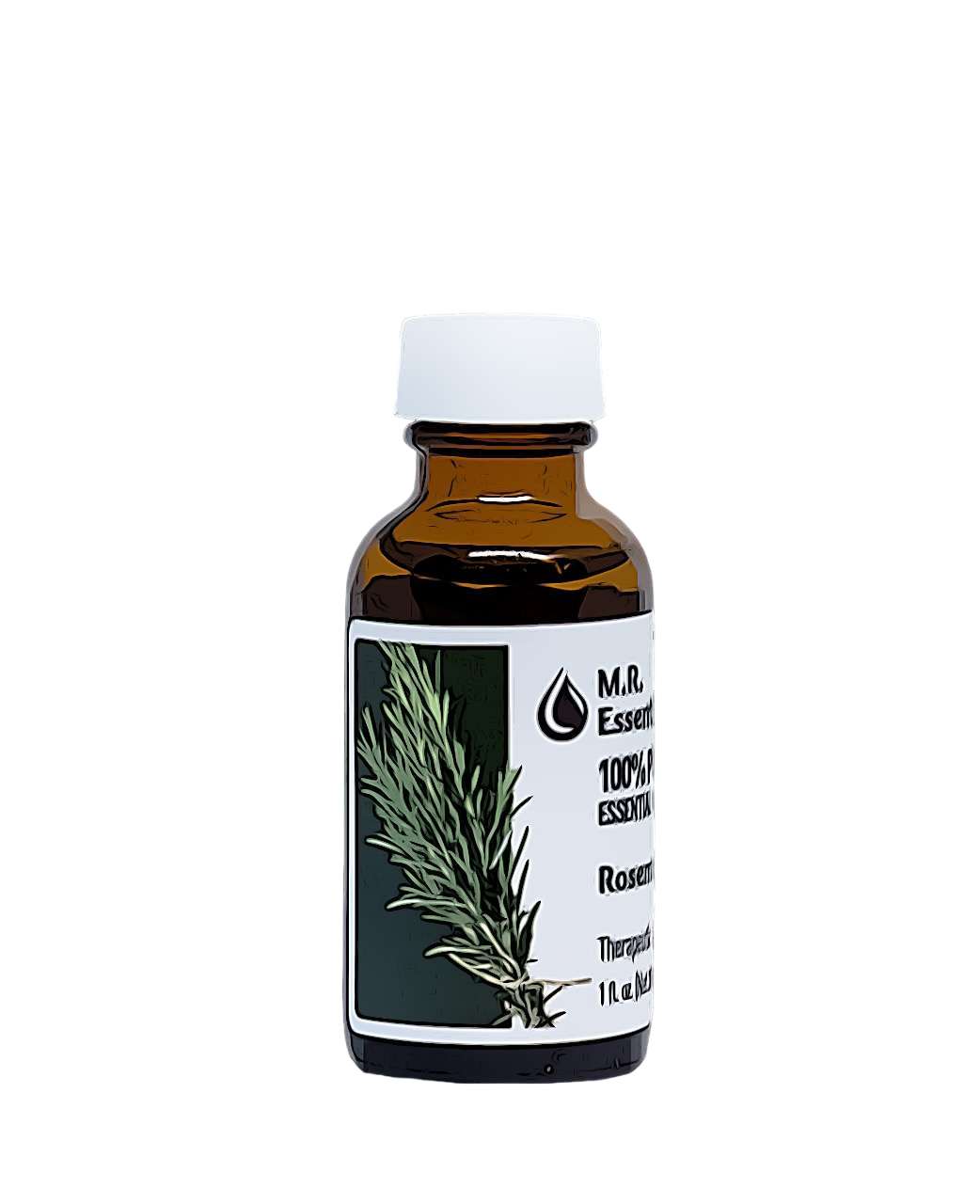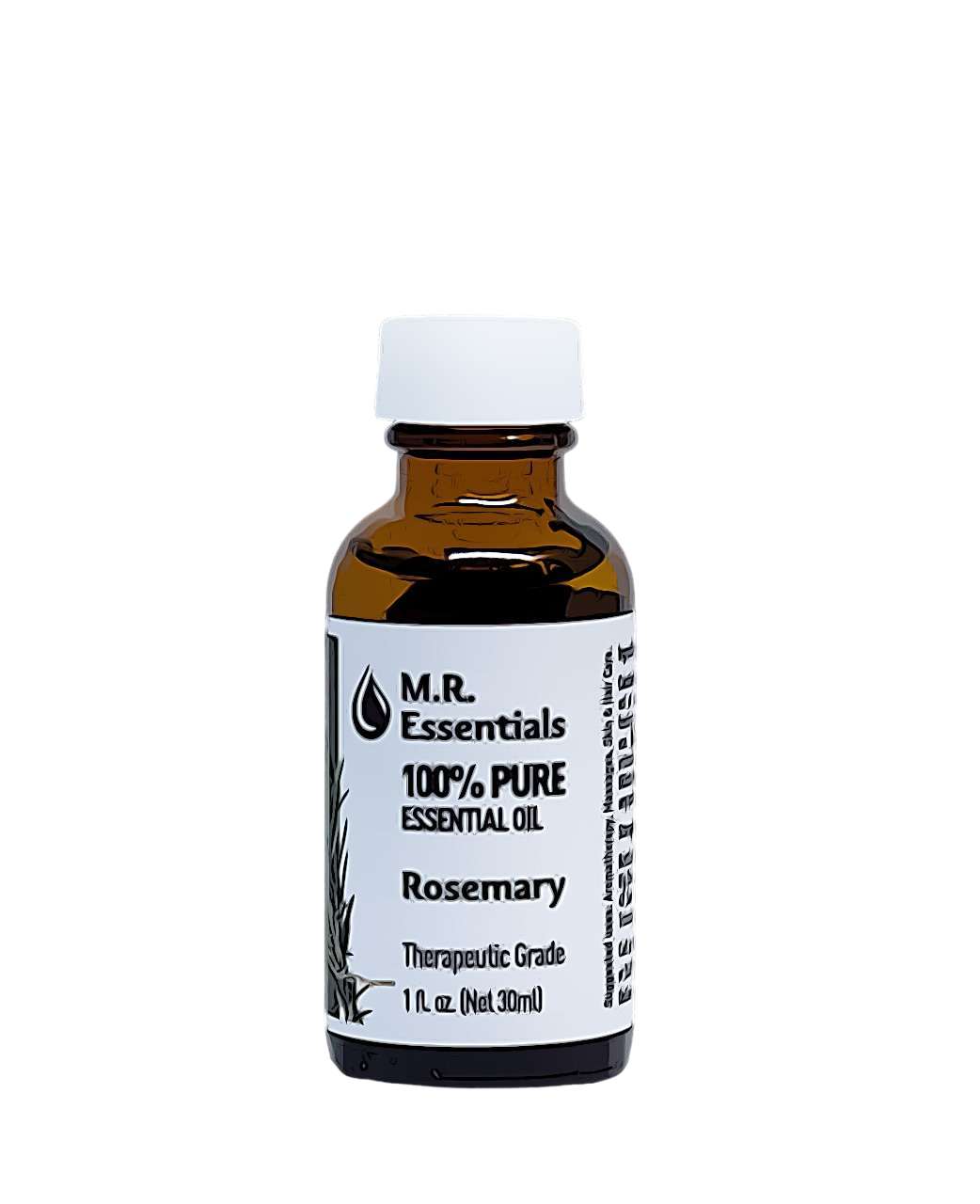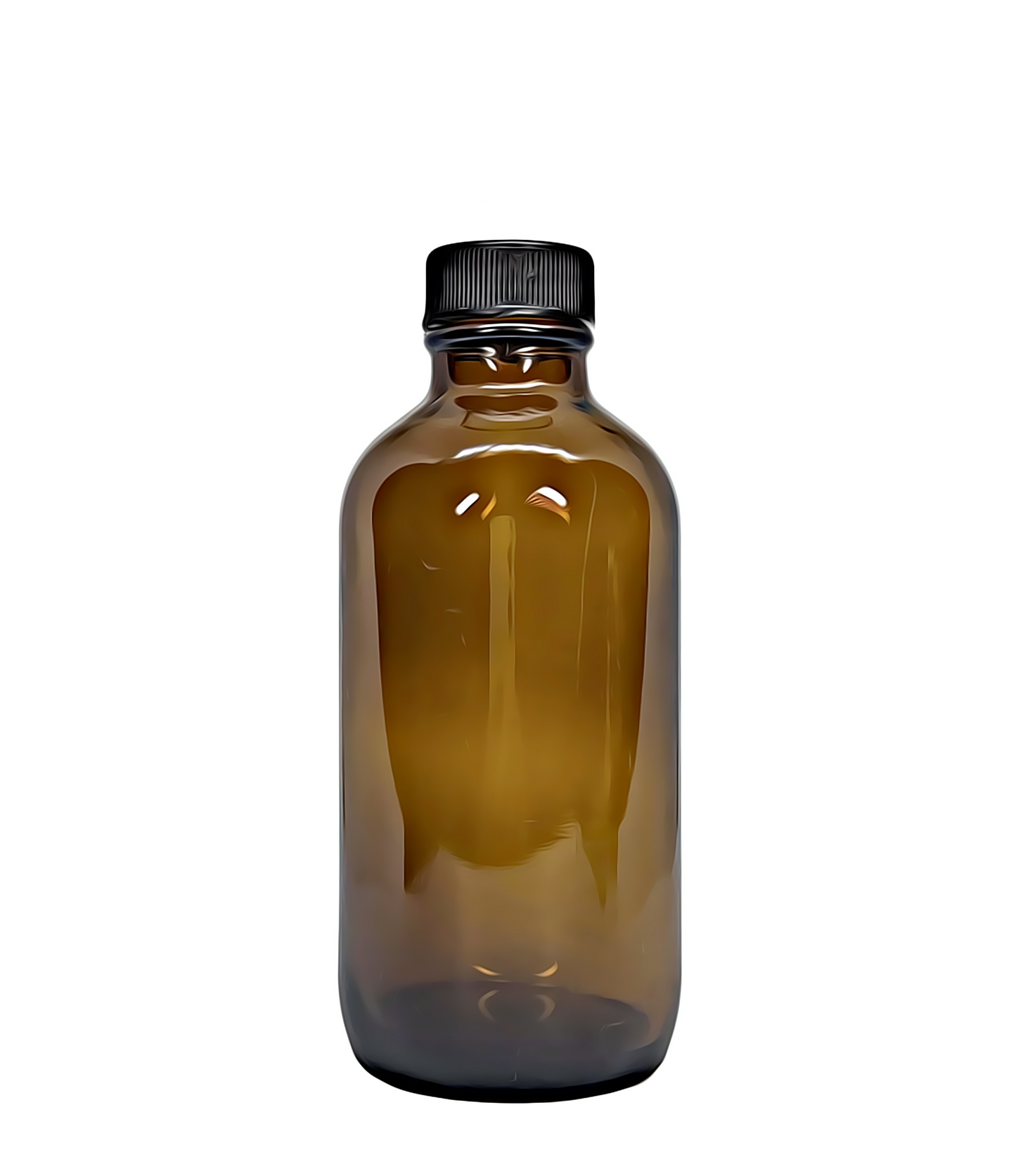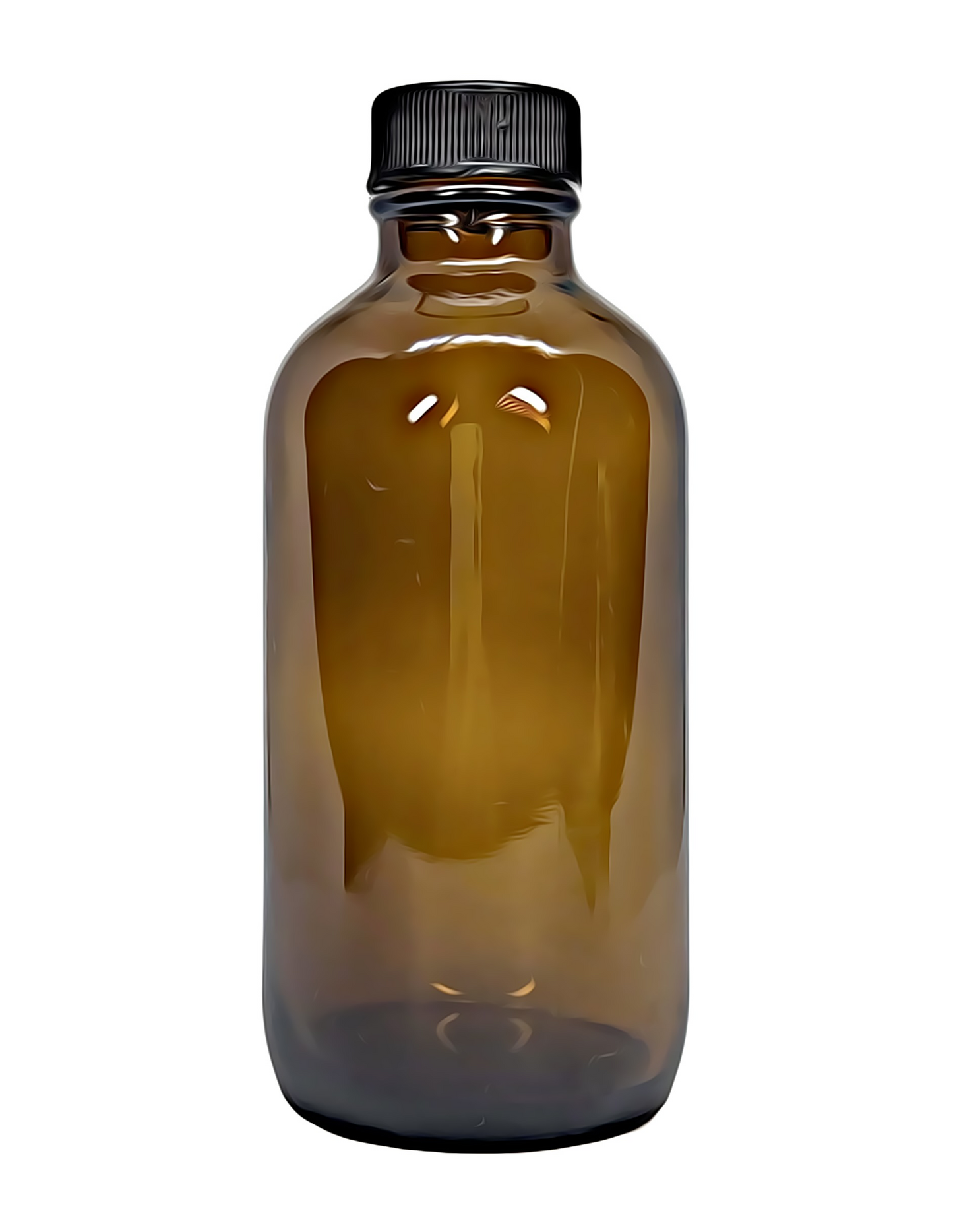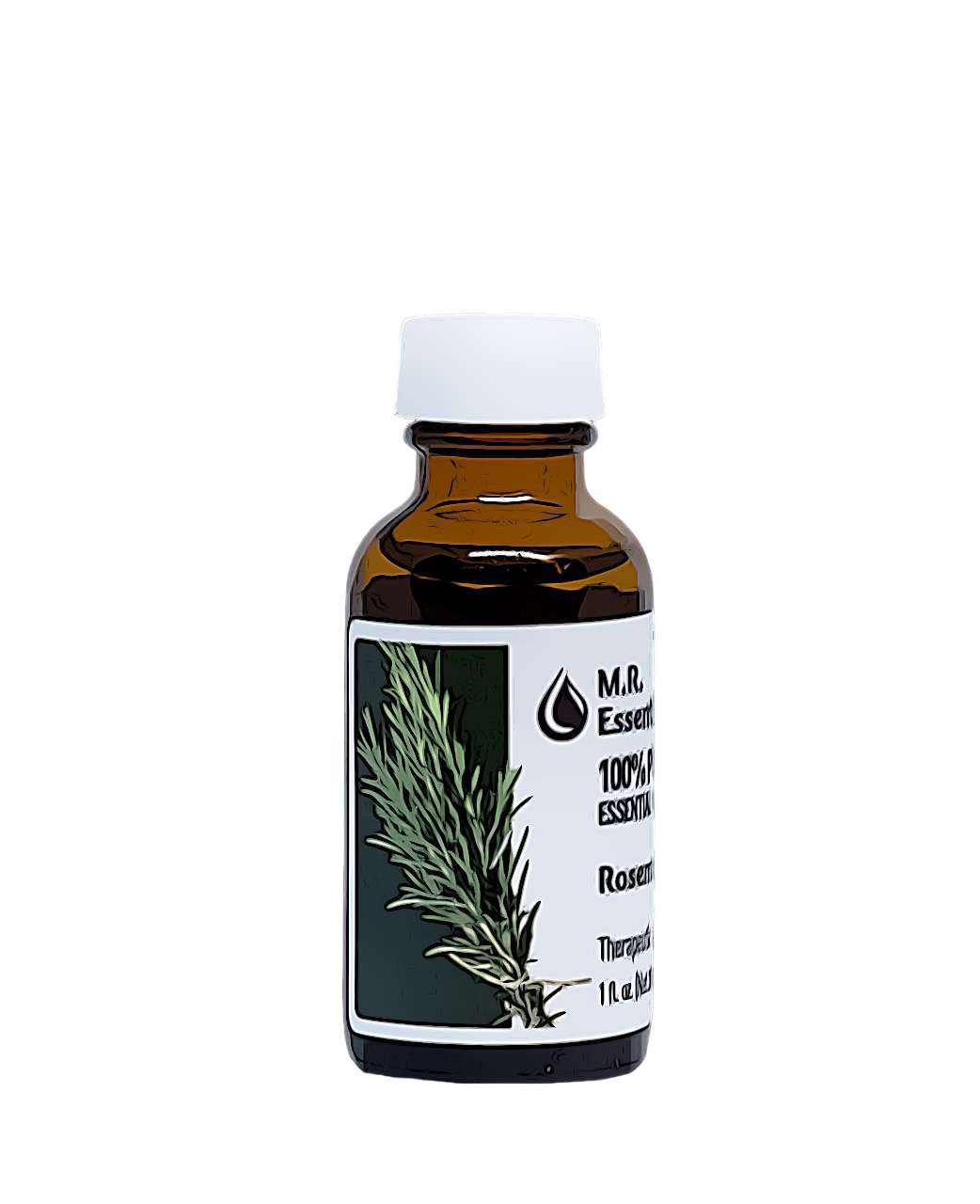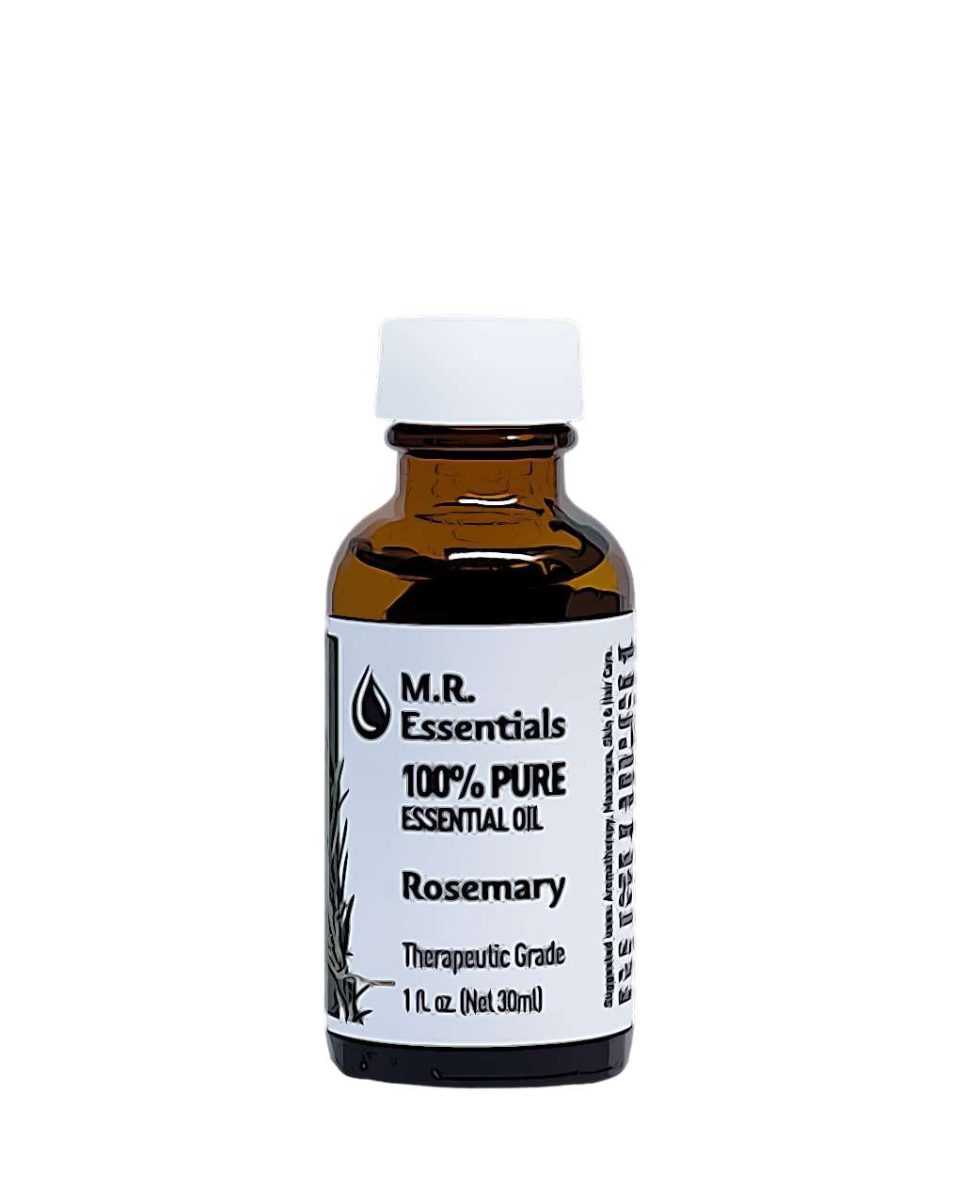MR Essentials
Rosemary Essential Oil (Rosmarinus officinalis)
Rosemary Essential Oil (Rosmarinus officinalis)
Couldn't load pickup availability
*The statements below have not been evaluated by the Food and Drug Administration. This product is not intended to diagnose, treat, cure, or prevent any disease.
Share
Product Details
Product Details
Method of Extraction: Steam Distillation.
Plant Part Used: Leaves and Flowers/Buds.
Color: Clear.
Consistency: Thin.
Aromatic Description
Aromatic Description
Perfumery Note: Middle.
Strength of Initial Aroma: Medium – Strong.
Aromatic Description: Fresh, herbaceous, sweet and slightly medicinal.
Suggested Uses
Suggested Uses
• Cognitive support + brain health.
• Aching Muscles.
• Arthritis.
• Dandruff.
• Dull Skin.
• Exhaustion.
• Gout.
• Hair Care.
• Muscle Cramping.
• Neuralgia.
• Poor Circulation.
• Rheumatism.
Source: Dorene Petersen, Presentation: Clinical Use of Aromatherapy for Brain Health: 7 Essential Oils. August 9, 2017, New Brunswick, NJ. Alliance of International Aromatherapists 2017 Conference. AIA 2017 Conference Proceedings page 221-222.
Source: Julia Lawless, The Encyclopedia of Essential Oils (Updated Edition) (London: Harper Thorsons, 2014), 173-174.
Dilution Guideline
Dilution Guideline
Adults: Usually, a 2-3% dilution is suitable, about 12-18 drops of essential oil per ounce of carrier oil.
Children (5-10), Frail Elderly, Sensitive Skin: A lower dilution of 1% or less (6 drops per ounce).
Facial or Sensitive Areas: Use a 0.5-1% dilution (3-6 drops per ounce).
Acute or Short-Term Use: For resolving a specific issue, a marginally higher dilution can be used for a period of 2-3 weeks as necessary.
Major Constituents
Major Constituents
Camphor. 1, 8-Cineole. a-Pinene. Gamma-Terpinene. Camphene. B-Pinene. B-Caryophyllene. a-Caryphyllene. Verbenone. Bornyl Acetate.
Source: F.M. Soliman, E.A. E-Kashoury, M.M. Fathy, et al. Analysis and BIological Activity of the Essential Oil of Rosmarinus officinalis L. from Egypt. (Flavour & Fragrances Journal 9, 1994), 29-33. Source cited in Robert Tisserand and Rodney Young, Essential Oil Safety (Second Edition. United Kingdom: Churchill Livingstone Elsevier, 2014), 407-408.
Safety Information
Safety Information
Tisserand and Young warn that Rosemary Oil is potentially neurotoxic, depending on the level of camphor present in the oil.
They also warn not to use on or near the face of infants and children. They recommend dermal maximum s of 16.5% for Rosemary Camphor and 6.5% for Rosemary Verbenone.
Reading Tisserand and Young's full profile is recommended. [Robert Tisserand and Rodney Young, Essential Oil Safety (Second Edition. United Kingdom: Churchill Livingstone Elsevier, 2014), 407-409.]
